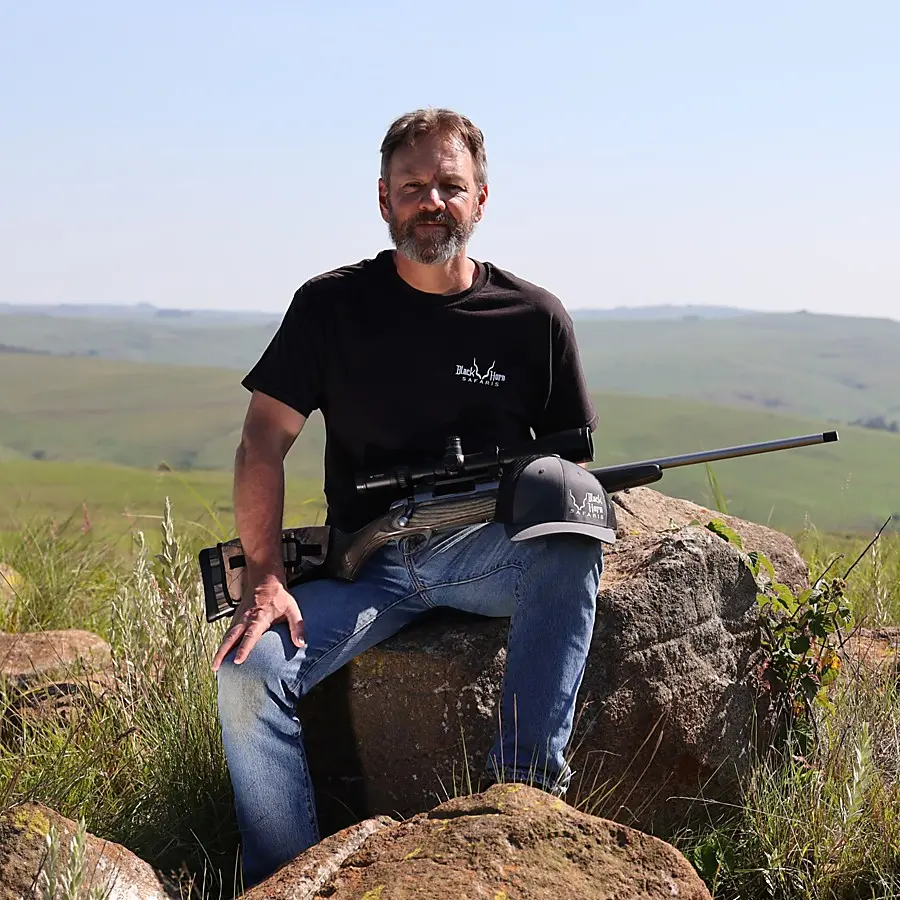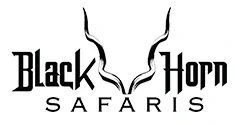
When it comes to experiencing the thrill of bow hunting, few places can compare to the diverse and captivating South African landscapes. The country’s abundant wildlife and breathtaking scenery make it a prime destination for hunters from around the world. One such species that attracts avid bow hunters is the interesting Blesbok species for a bow hunt in South Africa.
Introduction to Blesbuck
Blesbuck, also known as Blesbok, are medium-sized antelopes, with an average shoulder height of around 35 inches, that are native to South Africa. They are primarily found in open grasslands and bushveld, making them a popular target for bow hunters seeking an adrenaline-pumping adventure amidst the country’s vast and untamed wilderness. There is also a distinct color variation the White Blesbok which are also relatively common. Their Afrikaans name refers to the distinct white blaze on its forehead. This plains game species is closely related to the Bontebok, and both males and females carry horns which are ringed almost to the tip .
The Blesbuck Bow Hunting in South Africa
Bow hunting Blesbuck in South Africa offers a unique and exciting experience for both seasoned hunters and newcomers to the sport. The thrill of stalking these graceful animals, approaching undetected within range, and successfully executing a well-placed shot with a bow and arrow is a true test of skill and patience.
Hunting Seasons and Regulations in South Africa
It is important to note that hunting seasons and regulations may vary depending on the specific location in South Africa. Therefore, it is essential for bow hunters to familiarize themselves with the local laws. Your hunting company will obtain the necessary permits and permissions before your hunt. Consulting with professional guides or outfitting companies is highly recommended to ensure a legal and ethical hunting experience.
Best Time for Blesbok Hunting
Bow hunting in South Africa can be enjoyed throughout the year. However, the months of March to August are considered to be the peak hunting season, as the cooler temperatures during this period make it easier to locate and approach these vigilant animals. Additionally, the dry winter months provide better visibility and increase the chances of a successful hunt.
Habitat and Behavior
Understanding the habitat and behavior of plains game is crucial for a successful bow hunting trip. These antelopes are predominantly grazers, feeding on grasses and herbs found on the open plains. They are highly adaptable and can survive in various habitats, including farmlands and grassplains bordered by bushveld.
Habitat Characteristics
Blesbok prefer open areas where they can graze and have a clear line of sight to detect potential predators. Look for grasslands, open bush, or wide open plains with scattered trees or shrubs, as these are common habitats for for these animals. They do not need much natural camouflage as they normally stand out in the open, making them a challenging target for bow hunters to get within range. The best areas in Southern Africa to find them are Limpopo, Eastern Cape, the Free State and Mpumalanga.
Social Structure
These are social animals that live in herds, which can range from a few individuals to larger groups of up to 60 or more. The herds are typically led by a dominant male, known as the “ram,” who fiercely defends his territory and harem of females. During the breeding season, rams engage in territorial fights, creating an incredible spectacle for bow hunters to witness.
Rutting Season
The rutting season takes place from March to May. This period presents a unique opportunity for bow hunters to witness the intense rivalry between competing rams. The rutting season is characterized by the males’ aggressive displays, including snorting calls and forceful clashes of horns, as they vie for dominance and the opportunity to mate.
Trophy Hunting Methods and Techniques
Blesbok hunting requires loads of skill, unmatched patience, and a good understanding of their behavior. Several effective methods and techniques can be employed to increase your chances of a successful hunt.
Spot and Stalk
Spot and stalk is a popular method used by bow hunters. The key is to spot the Blesbok from a distance and then carefully approach within shooting range while staying concealed. This method requires patience, careful observation, and the ability to move silently through the terrain. Utilizing natural cover, such as bushes or trees, can help you get closer to your target undetected.
Blind or Ambush Method
Hunting from a blind over water holes can prove productive during dry season when animals tend to frequent watering holes. Setting up a ground blind or tree stand near a well-visited water source can provide an excellent opportunity to ambush these antelopes as they come to drink. Patience is essential when employing this technique, as they may take their time approaching the water and be cautious of any potential threats.
Bow Setup
For African bow hunting equipment you will need a compound or crossbow with a minimum of 50 to 60 pounds draw weight. Arrows should be of the carbon fiber type and the final arrow weight should be between 370 to 440 grains. As shots may be at slightly longer ranges a bow that shoots relatively flat will be a distinct advantage. Mechanical broad heads that deploy on contact work extremely well on medium sized game.
Shot Placement
Shot placement on Blesbok is an important consideration. Know the anatomies of the animals you hunt so that you are able to target the vital triangle. A shot behind the shoulder into the heart-lung area will put the animal down within seconds, place your shot by following the front leg up about a third of the way from the brisket to the top of the back.
Prices and Hunting Package
The price to bow hunt Blesbok is $ 650 and a 7 day hunting package will cost $ 3 100.
The price for a white Blesbok is $ 950 and a 7 day package will cost $ 3 400.
Bow hunters should prioritize selective harvesting, aiming for trophy animals that are past their breeding prime rather than targeting females (ewe) or younger animals. This practice helps maintain a healthy population structure and ensures the genetic diversity and overall well-being of the Blesbok species.
Supporting Local Communities
Engaging in Safari activities also provides an opportunity to contribute to the local economy and support conservation efforts. By partnering with local guides, hunters can help sustain local communities that rely on responsible hunting practices for their livelihood.
Conclusion
Bow hunting Blesbok in South Africa offers an unforgettable experience for archery enthusiasts seeking an exhilarating African safari amidst the country’s breathtaking landscapes. Understanding the behavior and habitat of these animals, employing effective hunting methods, and adhering to ethical practices are keys to a successful and sustainable bowhunting experience. So, gear up with the right equipment, embrace the challenge, and embark on a thrilling African hunting Safari in wild terrains.

Adrian Anderson first obtained his Professional Hunters license in 1991. He is a Big Five and Dangerous Game licensed Professional Hunter and Hunting Outfitter. He has a tremendous love for wildlife and the African bush and enjoys sharing his knowledge with the hunting clients that he guides. Guiding hunters in Africa’s wild places is a passion and seeing them succeed with their goals brings satisfaction. With knowledge of the Safari industry built up over 32 years he is well qualified to give guidance to his hunting clients.
